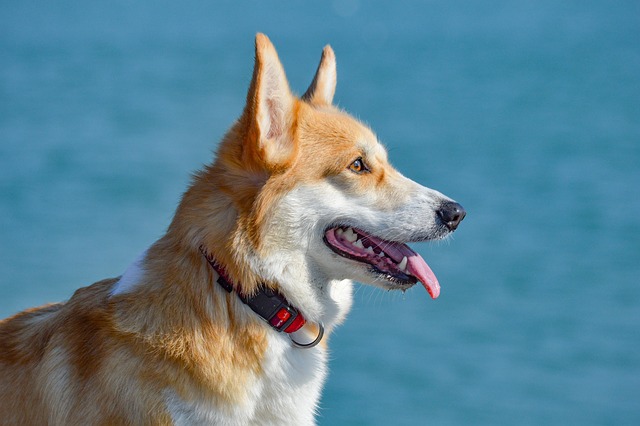
How can I tell if my dog's heatstroke is serious
Let’s be real: It’s a sticky August morning in Los Angeles, and you took your 2-year-old Golden Retriever, Max, for a walk a little later than usual
If you’ve ever watched your puppy cringe when you reach for their muzzle, or noticed your older dog dropping kibble because chewing hurts, you’ve likely wondered how to keep their teeth in shape. New dog owners, like my neighbor with a 1-year-old Yorkie named Bella, often start with good intentions—then get stuck when Bella runs and hides at the sight of a toothbrush. Bella’s breath grew sharper over months, and during a routine vet visit, the doctor pointed out tartar along her gumline: a warning sign that small, daily steps matter more than occasional fixes. The best dental care routine isn’t about perfection; it’s about simple, consistent habits that fit your dog’s personality—with plenty of patience and treats.
Dental trouble in dogs starts quietly. Every time they eat, tiny food particles mix with bacteria in their mouth, forming a sticky film called plaque. Within 48 hours, that plaque hardens into tartar, which irritates gums and creates pockets where more bacteria thrive. Over time, this leads to red, bleeding gums (gingivitis) and even tooth loss. What’s scarier? Bacteria from infected gums can sneak into the bloodstream, harming organs like the heart or kidneys. Think of it like how skipping flossing can lead to more than just a toothache for humans. Breeds with flat faces, like pugs, or dense teeth, like Shih Tzus, are extra prone because their mouths trap food easier—but all dogs need attention. Bella’s vet explained that by age 3, 80% of dogs show signs of dental disease, but a steady routine can stop it in its tracks.

The best routine blends daily care, weekly boosters, and yearly check-ins—tailored to your dog. Start with daily cleaning: even 30 seconds counts. For dogs like Bella who hate brushes, try finger brushes or dental wipes first. My neighbor let Bella lick peanut butter off the finger brush for a week before gently wiping her teeth; now, Bella wags her tail when she sees it, thanks to positive reinforcement (a tiny chicken treat afterward). If your dog tolerates it, use a dog-specific toothpaste (never minty human paste—it’s toxic) with flavors like beef or poultry. Once a week, add a VOHC-approved dental chew (look for the Veterinary Oral Health Council seal) to scrape plaque as they gnaw; Bella loves hers, and it doubles as a post-walk reward. Monthly, lift their lips to check for red gums or broken teeth—reward calm behavior with praise, so they learn it’s not a chore. And once a year, book a vet dental exam: they’ll deep-clean under the gums, where home tools can’t reach.
This routine ties into responsible pet ownership. Keep your dog’s rabies vaccine current—all U.S. states require it, and a healthy mouth boosts their overall immunity. When walking, carry poop bags (fines for littering hit $150 in many cities) and stop them from chewing sticks or rocks in parks—these can crack teeth. In apartments, opt for low-crumb dental chews to avoid messy carpets, and brush during quiet hours so you don’t disturb neighbors. Never scold a dog for resisting—Bella’s owner found that a 10-second “win” with a wipe works better than a 5-minute battle. With time, your dog will learn that dental care means treats and attention, turning a chore into a bonding moment that keeps their smile bright for years.

Let’s be real: It’s a sticky August morning in Los Angeles, and you took your 2-year-old Golden Retriever, Max, for a walk a little later than usual

You're enjoying a summer afternoon at the park when you notice your dog has stopped panting and appears disoriented - their gums are bright red

Let’s paint the picture: You’re in your Denver apartment, watching your 4-year-old Boston Terrier, Ruby, plop down mid-play session with her favorite toy

Many dog owners notice their pets nails seem shorter after regular walks,but how much does this daily activity actually help?The answer depends on where you walk—concrete sidewalks or asphalt streets gently file nails as a dog's paws hit the ground

Most dog owners notice their pup scooting across the carpet at some point, but few connect it to impacted anal glands. These small sacs near a dog’s rectum secrete a scent for marking territory

Most vets agree that regular dog teeth cleaning is key to avoiding painful dental issues later. For healthy adult dogs, a professional cleaning at the vet’s office every 12 to 18 months usually works well.